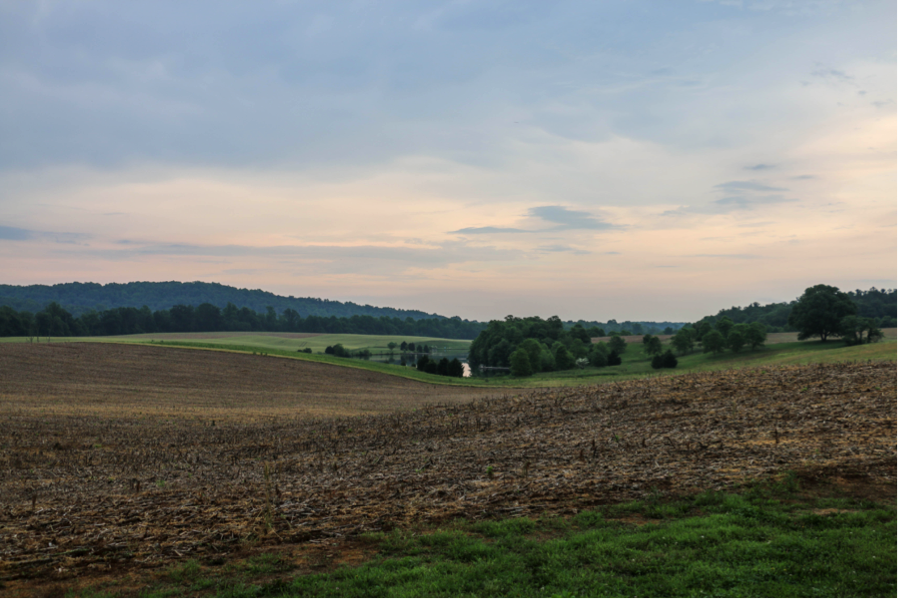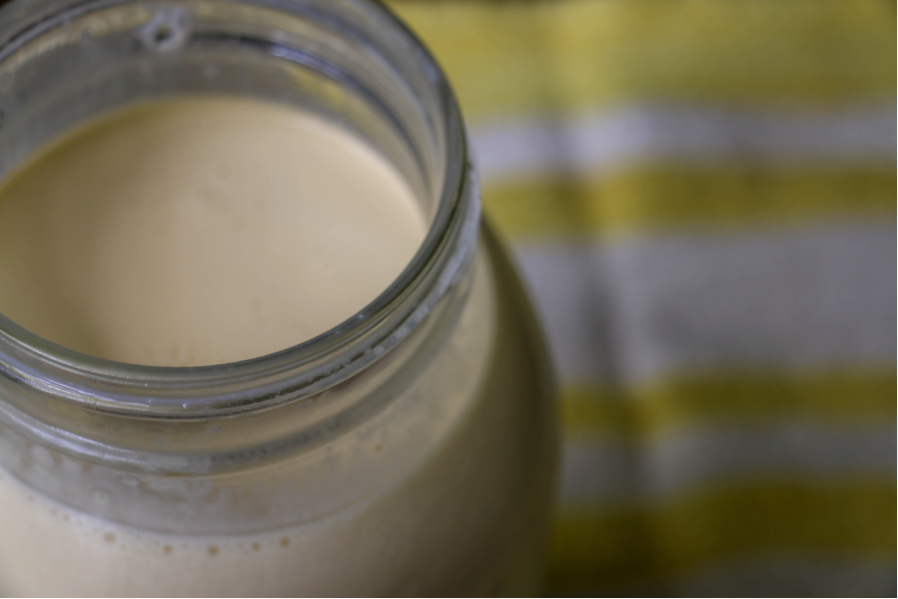
A gentle breeze traces its fingertips across my cheek and through my hair. As the wind gathers speed, I watch branches sway with a vibrant display of pulsing foliage. The Earth exhales audibly, and I am surprised at how reminiscent this sound of the rustling forest is to my memory of waves crashing upon the Baltic coast. Both seem to whisper, hush.
My own fingers return to the worn, but sturdy pages of my summer reading. Their color is precisely that of the cream-line milk I picked up from my neighbor’s farm on Saturday morning, a great blessing in a world of flash-pasteurization and homogenization. Mind racing to angelic pastures and milk-laden riverbanks, still I lament for large-scale normalcy of slaughter within our dairy industry and pray that I can somehow help reduce their suffering.

My attention now turns to the human form of suffering in In a vivid portrait of pain, his initial moment of revelation is presented through the story of a seven-year-old burn victim. He paints the following image.
As a medical student, he was asked to simply hold her uninjured hand for the purpose of calming her down and allowing the surgical resident to remove the dead skin from her body. Although he tried to distract her from her own screams by asking about home, family school… the confrontation with extreme pain surpassed his attempts at small talk.
I could barely tolerate the daily horror: her screams, dead tissue floating in the blood-stained water, the peeling flesh, the oozing wounds, the battles over cleaning and bandaging. Then one day I made contact (Kleinman, xii).
Out of despair, he resorted to more honest inquiry. His question was simple:
How do you tolerate this pain? What does it feel like day after day?
She responded initially with shock and ultimately… honesty. Gripping his hand more tightly, she began to narrate the pain. No more screaming. Now she connected him to a sensation that moments earlier left her isolated in extreme suffering.
The purport of this story is that “the experience of illness has something fundamental to teach us about the human condition, with its universal suffering and death” (Kleinman, xiii). Beyond prescribing illness, a medical practitioner must cultivate compassion for the actual patient because ultimately, the process of healing is one that connects us to the Earth, its inhabitants, and God.
For members of Western societies, the body is a discrete entity, a thing, an “it,” machinelike and objective, separate from thought and emotion. For members of many non-Western societies, the body is an open system linking social relations to the self, a vital balance between interrelated elements in a holistic cosmos. Emotion and cognition are integrated into bodily processes. The body-self is not a secularized private domain of the individual person but an organic part of a sacred, sociocentric world, a communication system involving exchanges with others (including the divine) (Kleinman, 11).
